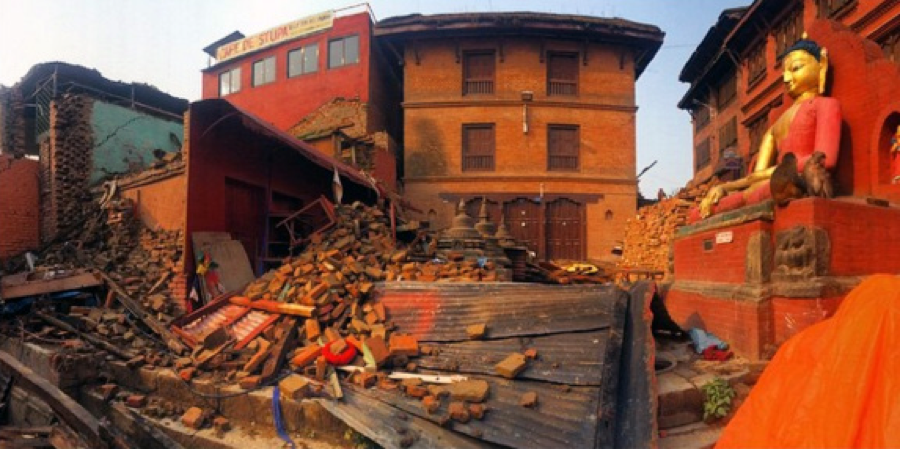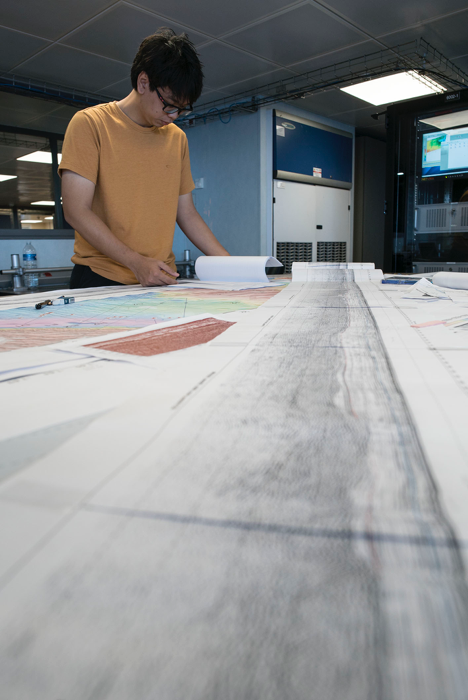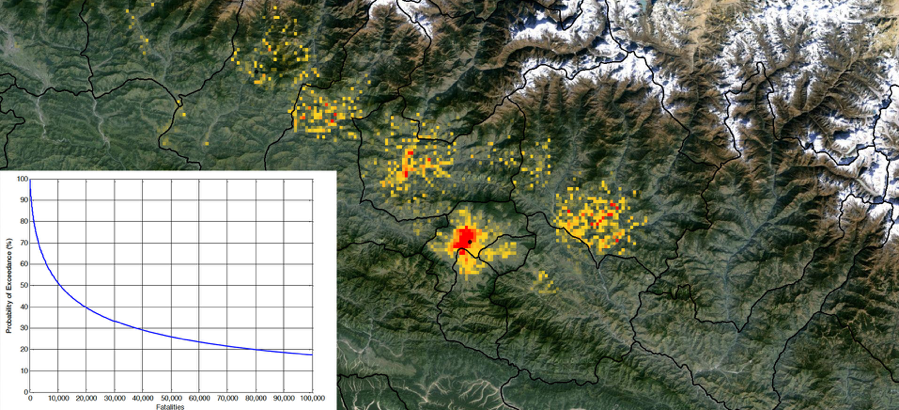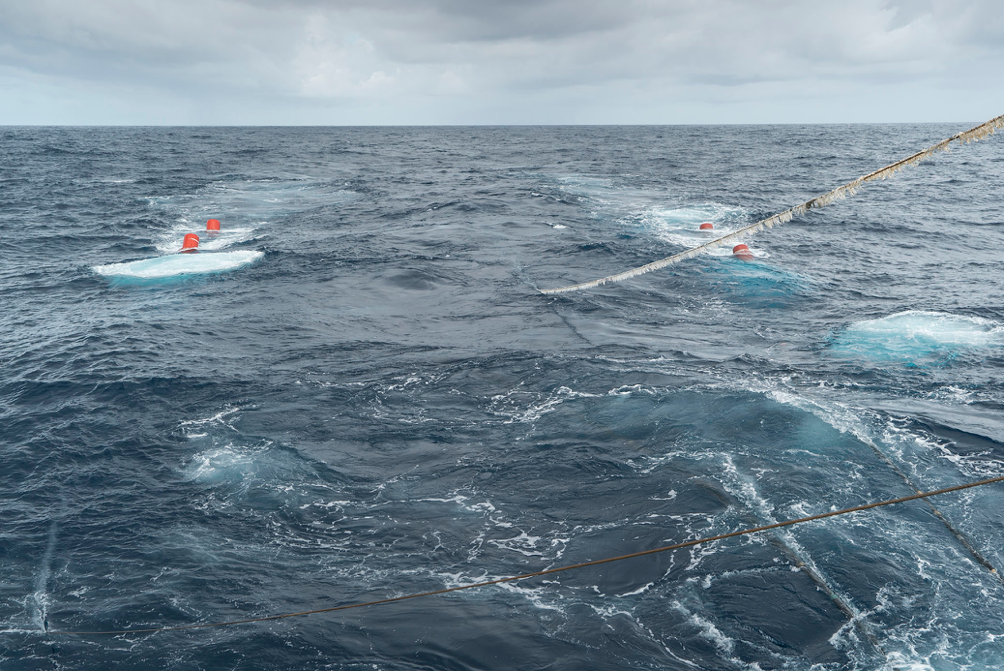On 25 April 2015, a 7.8-magnitude earthquake struck Nepal, destroying buildings and infrastructure across 31 of Nepal’s 70 districts. Approximately 9,000 people lost their lives to the earthquake that day, 22,000 suffered from injuries, and eight million were affected.
I arrived in Kathmandu one week after the quake, as part of the World Bank disaster risk management team, to support the government of Nepal in various response and recovery activities.

In the days before getting on the plane, I worked with the Stanford Urban Resilience Initiative to develop an initial earthquake impact estimate, based on an impact model I had already developed for Nepal.
I had been researching the seismic risk of Kathmandu for my PhD at Stanford. More specifically, I was interested in the way that risk is increasing due to incremental expansion of buildings as a de facto process of urban growth.
Over the course of the next 10 weeks, I worked with the Government of Nepal to co-lead the housing sector assessment portion of the Post Disaster Needs Assessment (PDNA), a process led by the National Government with the support of the World Bank, United Nations, the European Commission and other development partners.
Drawing from my past experiences in Haiti, I also worked with the Government of Nepal to design a damage survey for buildings. This survey was part of a larger goal of housing-recovery.

Hence most of my work in Nepal was related to measuring the impact of the earthquake, through different means, within different time-frames. This topic of disaster impact assessment has now become a large part of my research at the Earth Observatory of Singapore.
Along with co-authors from the Stanford Urban Resilience Initiative, the University of Colorado at Boulder, and Oxford University, I recently published a paper on the various types of damage assessments conducted in the wake of the 2015 earthquake in Nepal. The paper explores the varied roles of these damage assessments in facilitating and promoting recovery.
A good understanding of disaster impact and its distribution is critical to virtually any decision-making for effective post-disaster response and recovery activities. Yet there are numerous different ways that impact can be measured, within different time-scales and at different levels of resolution and accuracy.
The purpose of our paper is to bring clarity and structured language to describe these types of damage assessments, and discusses their methodologies and purposes.
Specifically, the paper describes five types of damage assessments: (1) modelled earthquake damage estimates, (2) the post-disaster needs assessment (PDNA), (3) remote-sensing based damage estimates, (4) engineering building safety assessments, and (5) household level damage surveys.

The paper argues for the design of assessments that are more targeted towards the specific decision-points of response and recovery. It also provides a description of how these assessments were conducted in Nepal following the 2015 earthquake.
Much work still needs to be done in this field. We want to develop better disaster impact assessments: more accurate, faster, richer in information and, most importantly, more actionable.
In order to promote demand-driven rather than supply-driven assessments, we are conducting an extensive demand survey of organisations and institutions involved in post-disaster response and recovery. By gaining a better understanding of their decision-making processes, we will develop technologies and models for remote-sensing and ground-based assessments that serve disaster response and recovery better.
Moreover, while there is an evident need (and demand) for information to support disaster response and recovery decision-making, there is a complete lack of data regarding the impact of such information on actual response and recovery outcomes.
Information is powerful, and the specific narratives of disaster impact that result from particular damage assessments processes can have significant impact on recovery.

Through our study, we question the way disaster assessments are often reductive and disabling, in that they prioritise information needs of formal, bureaucratic responses over informal, locally-driven community responses.
As my colleague and co-author Robert Soden explains, "These assessments can also constrain portrayals of impact and loss only to what is measurable during a typically short window of time following a disaster event."
To quote scholars Julia Leyda and Diane Negra, these assessments represent “data collection and representational practices that emphasise sensational or episodic moments of destruction rather than the structural conditions that facilitate particular patterns of devastation.”
The politics of data has received some attention in the development field, but little research has been conducted in the disaster response and recovery arenas.
Given the recent expansion of interest and funding in digital humanitarianism and other damage assessment mechanisms, the moment and opportunity is ripe to build the evidence that could guide the development of information products and processes that are empowering rather than reductive and disabling.
Follow this research and related work on disaster risk analytics at www.resilience-science.org